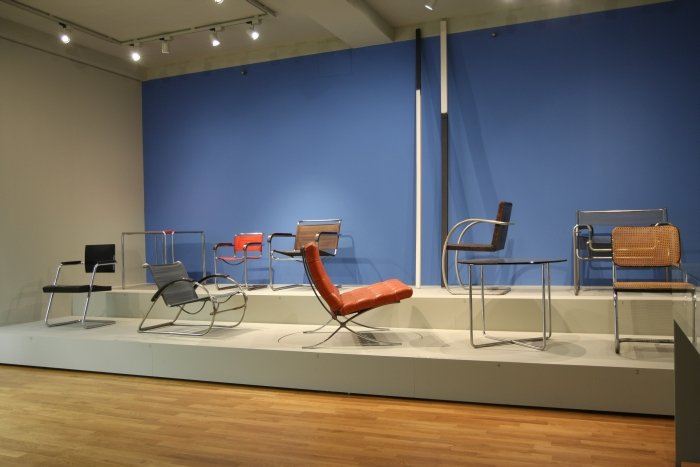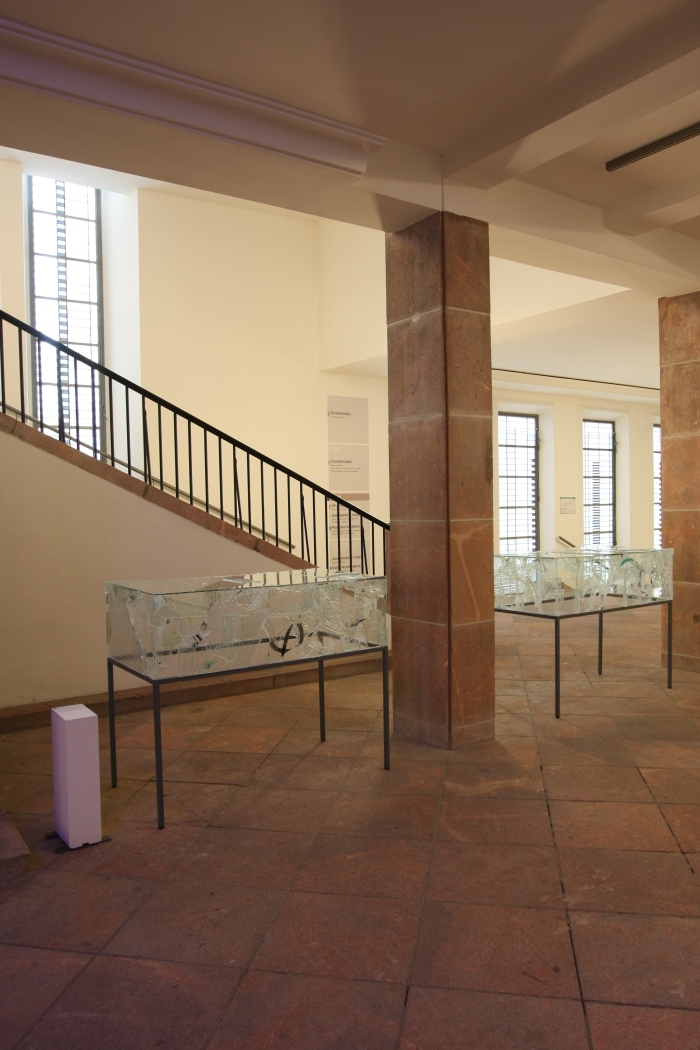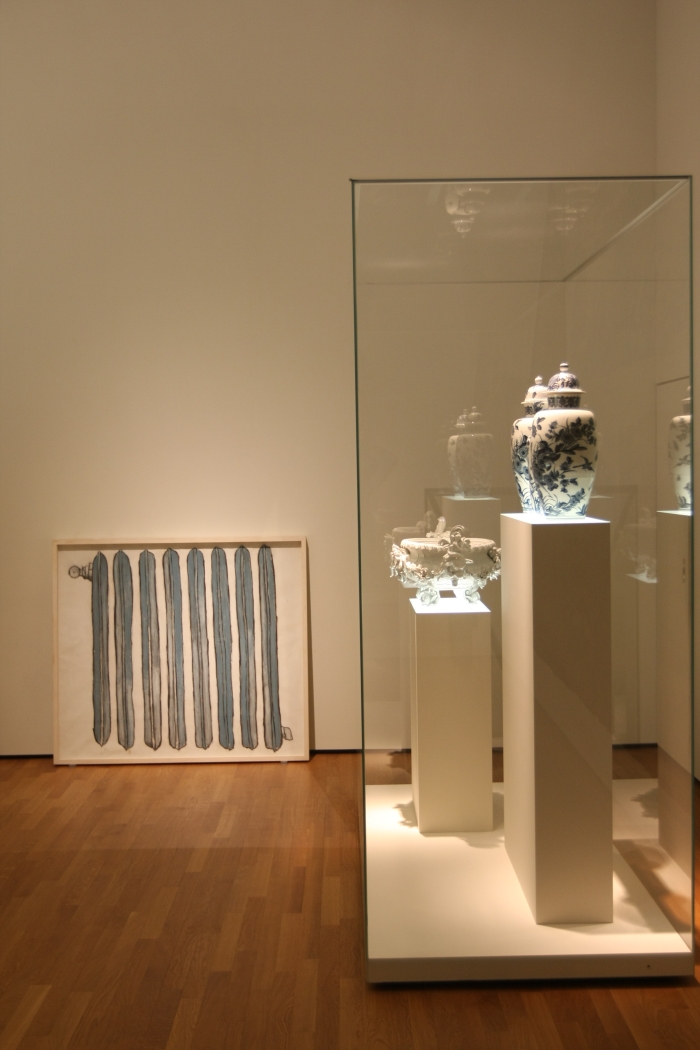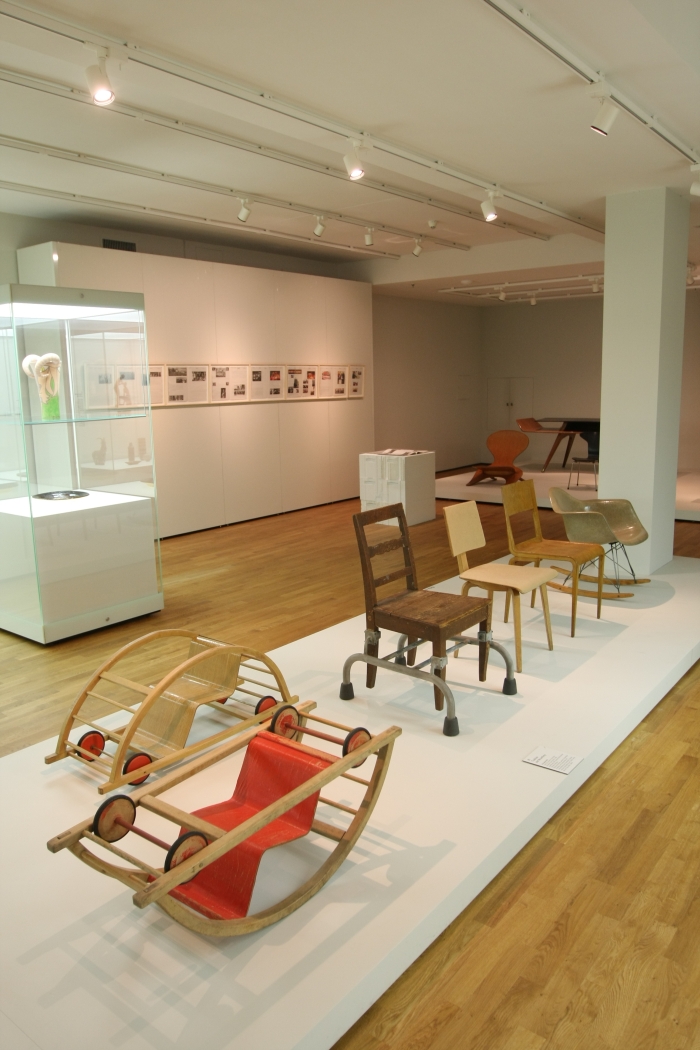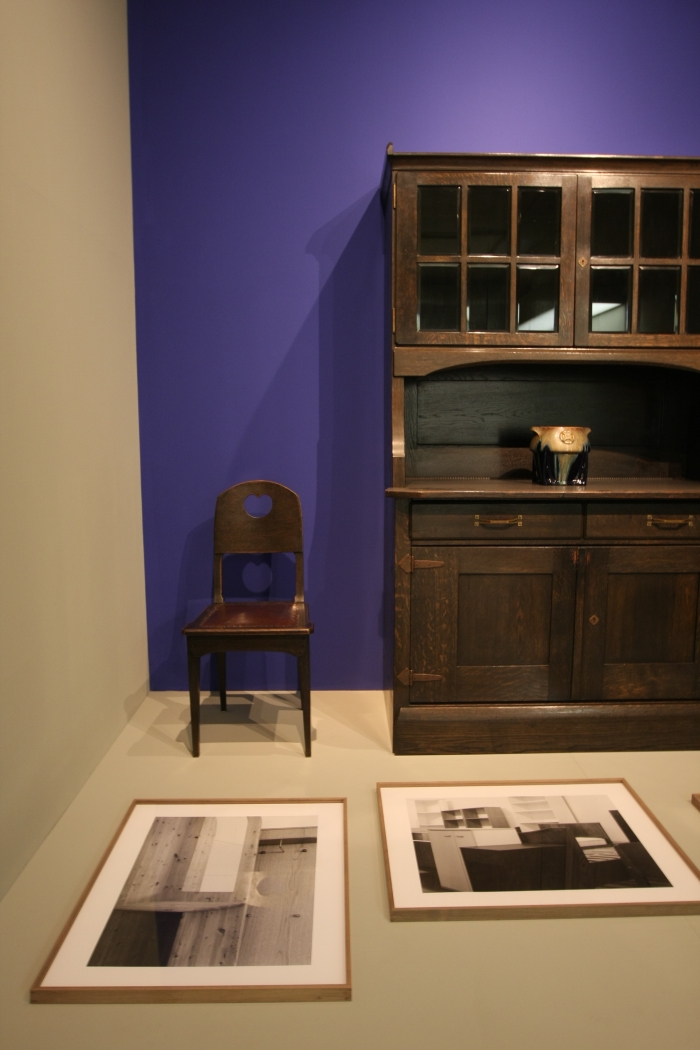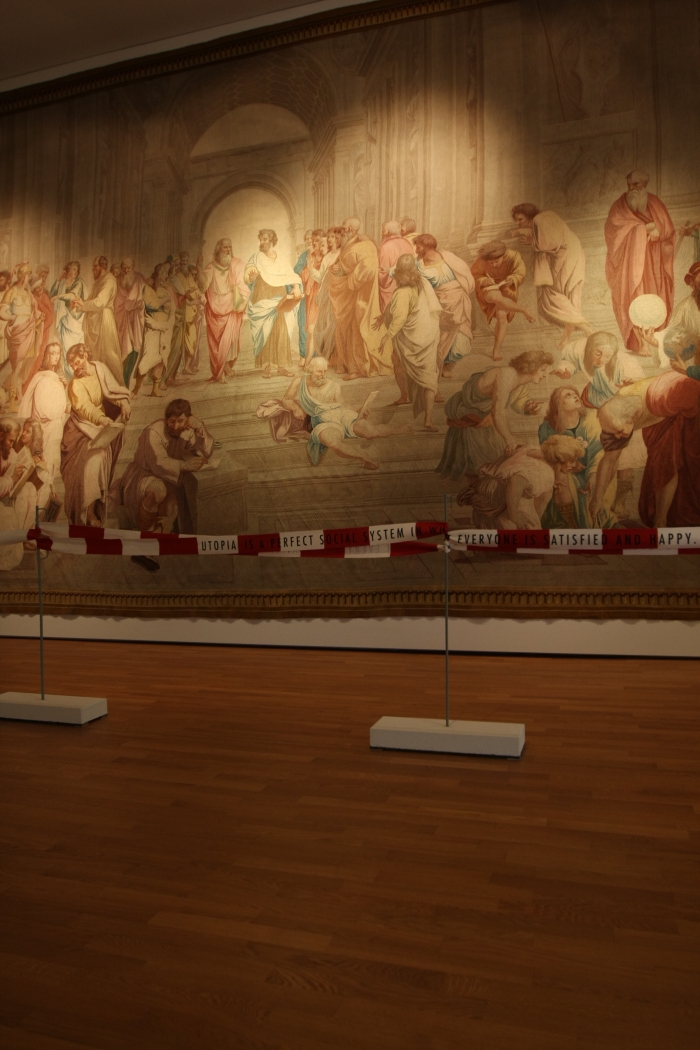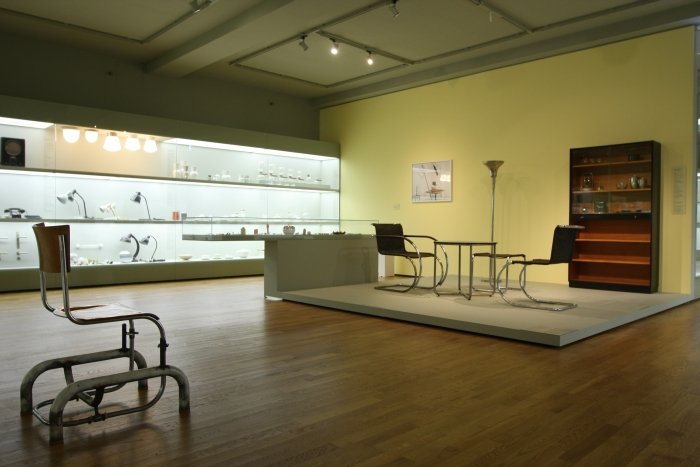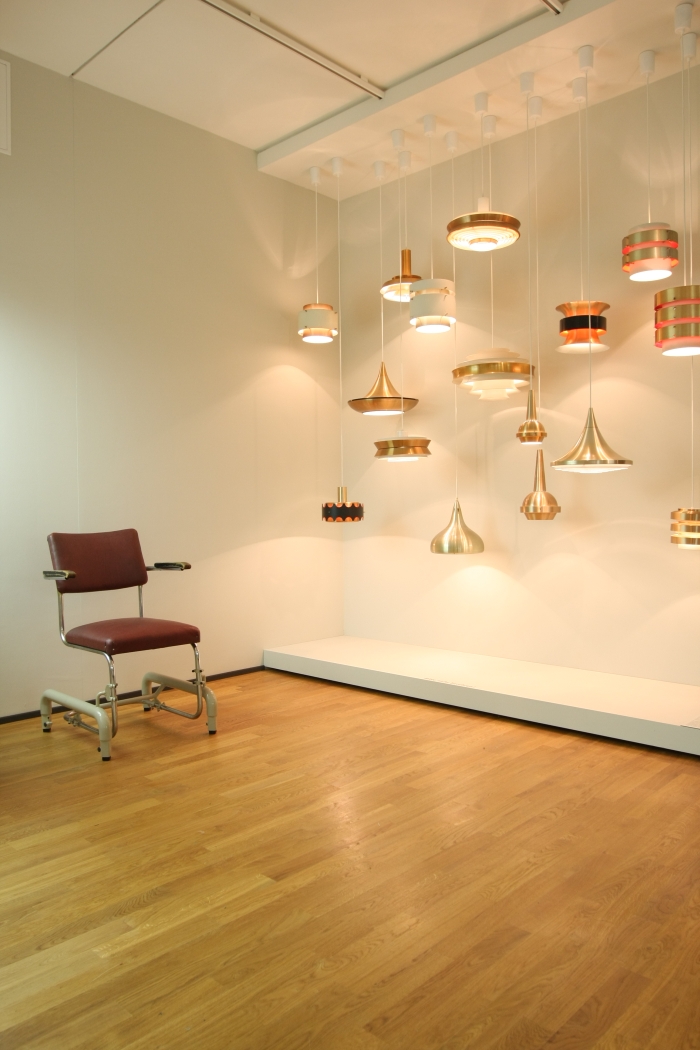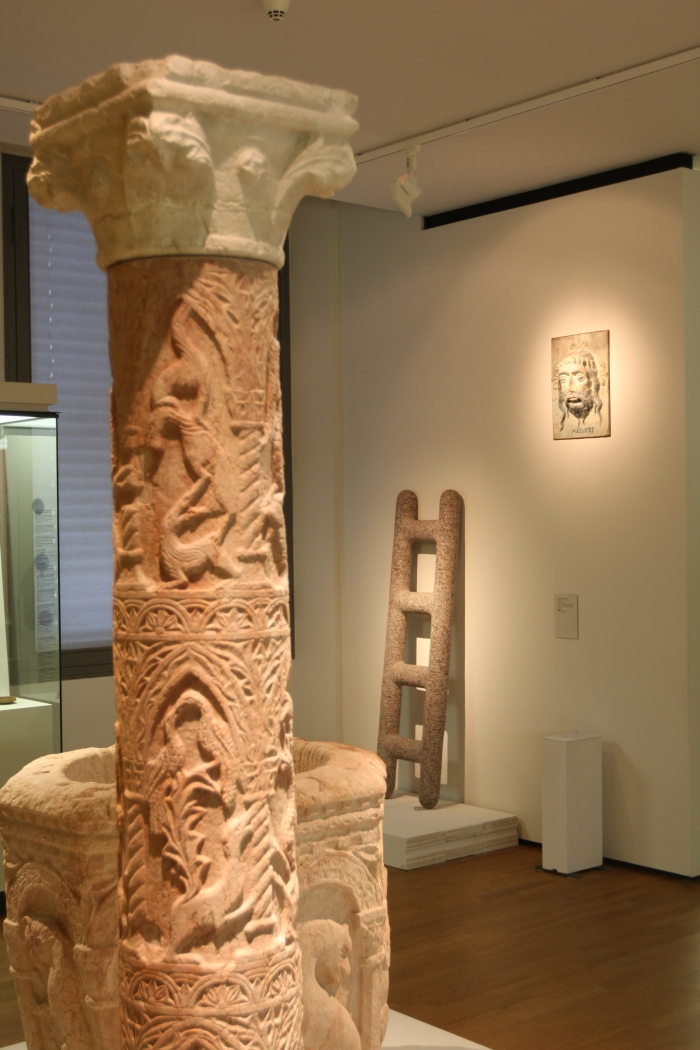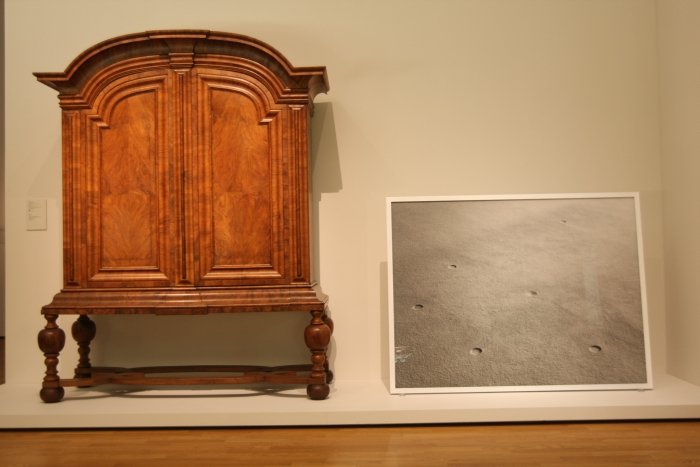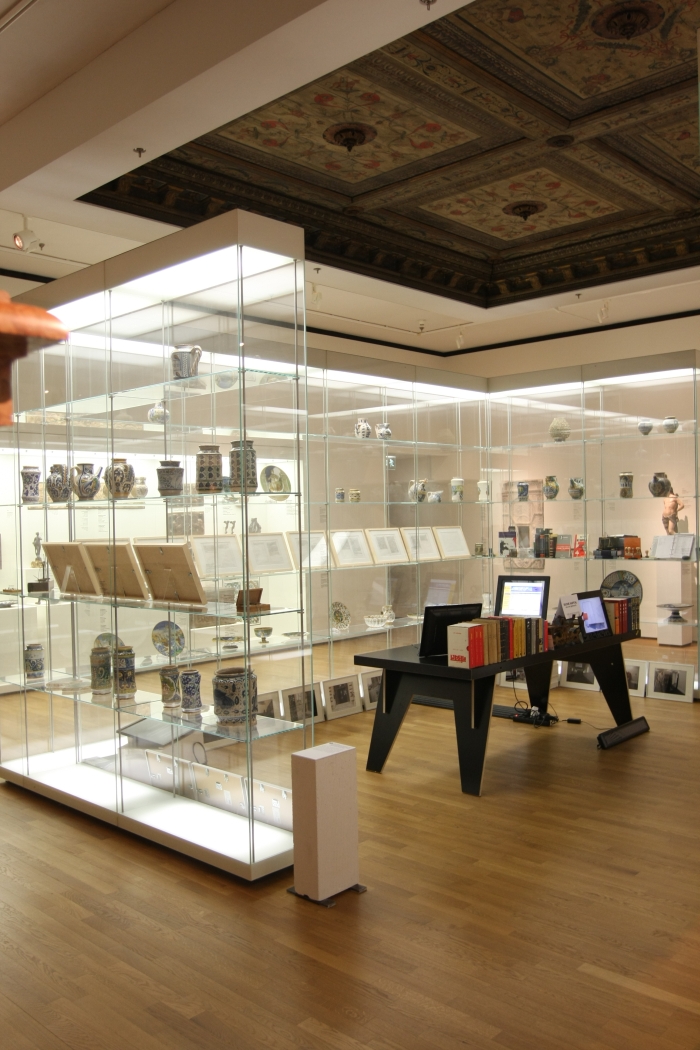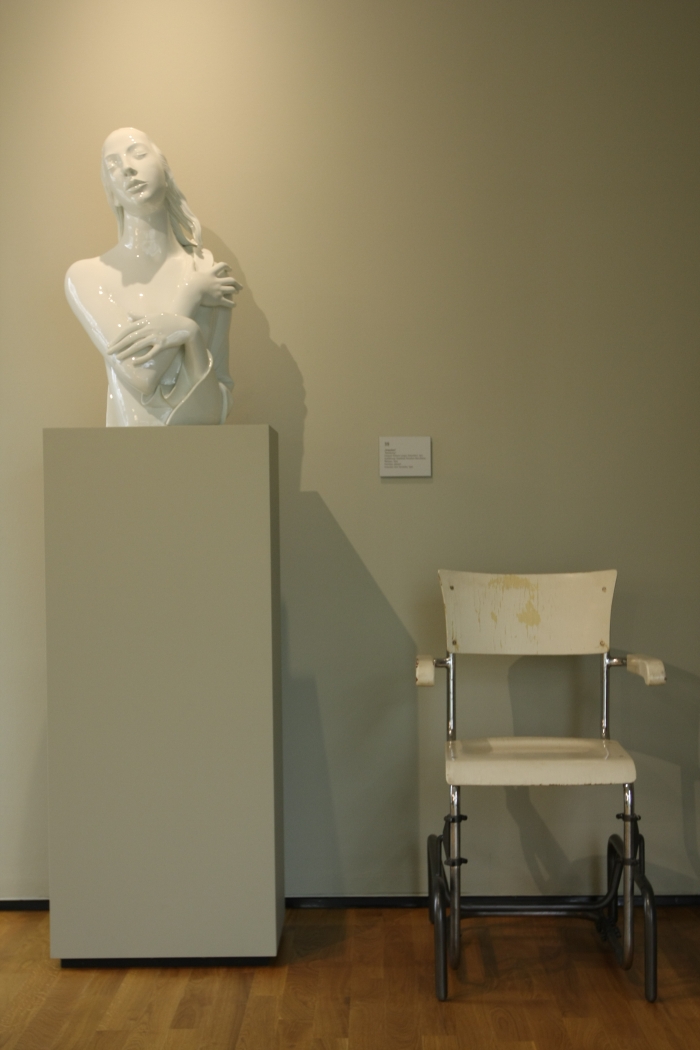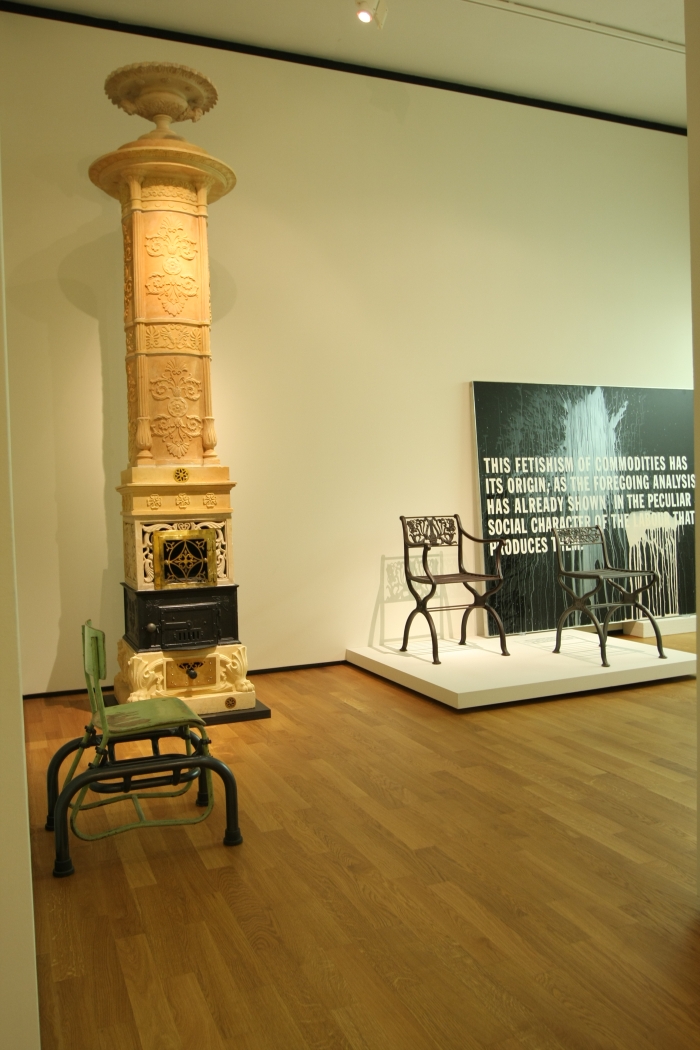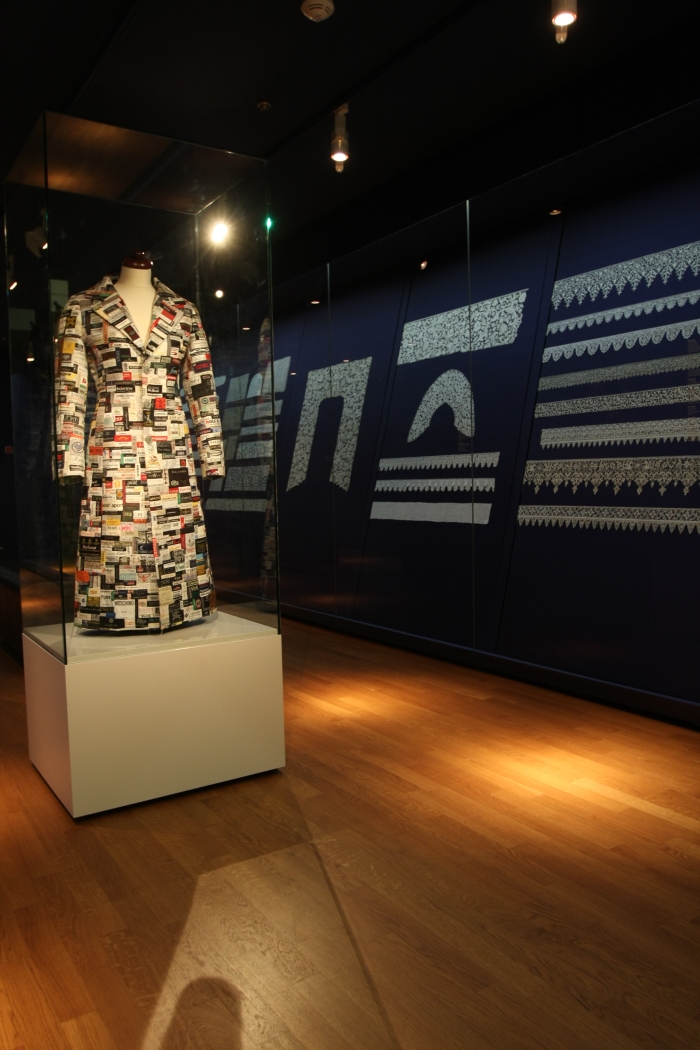The (hi)story of applied arts is, we believe it's not too impetuous to claim, very closely connected with that of all other visual artistic forms. Therefore it is only logical that the (hi)story of the Grassi Museum of Applied Arts in Leipzig is very closely connected with that of the town's Academy of Visual Arts - the Hochschule für Grafik und Buchkunst, HGB
And so to celebrate the 250th anniversary of the later the former has invited students and graduates of the HGB to disrupt the Museum for Applied Arts' permanent collection exhibition: to place their works in, amongst, next to and instead of objects in the museum's permanent collection exhibition and so encourage a dialogue between the decorative and practical, functional and abstract, mundane and ridiculous.

Featuring a selection of paintings, sculptures, videos, installations and objects by over 70 international artists in an exhibition curated by Professor Alba D’Urbano und Olga Vostretsova "2.5.0. – Object is Meditation and Poetry" presents works which somewhat disappointingly haven't been created specially for the exhibition but which rather originated in other, independent, contexts, yet which refer to aspects of the collection and/or the Grassi Museum.
"Disappointingly" not because the resultant showcase doesn't work, it does, but because a more direct confrontation with the permanent collection exhibition and for all the style of the exhibition presentation favoured by the Grassi Museum and the positions represented in the exhibition would, perhaps, have been a more thought provoking and, ultimately, rewarding experience. Instead what one has is an exhibition within an exhibition, two for the price of one, and who doesn't like a bargain in these days of austerity and financial insecurity.
Which isn't to say there is no connection made between the objects and the permanent collection exhibition, far from it: there are some very obvious connections such as Bea Meyer's installation "Utopia is a perfect social system in which everyone is satisfied and happy" standing in front of wall hanging based on Raphael's "The School of Athens" or Varinka Schreurs' 3D printed object collection DIY. All Tomorrow's Parties displayed in place of objects of 10th century BC Lausitzer Earthenware; there are slightly more subtle connections such as Silke Koch's Private Universe collection of spacecraft built from salvaged kitchen utensils and displayed in Erich Dieckmann's late 1920s Kitchen ensemble developed at Bauhaus Weimar or Silke Wawro's "most expensive jacket in the world" displayed amongst examples of Plauener lace; and then there are objects in which, at least for us, the connection is more vague, often to the point of wanting. Not that that matters, for viewed on their own projects such as, for example, Cindy Schmiedichen's untitled plaster plank creations set amongst a collection of tables and chairs by the likes of Marcel Breuer, Anton Lorenz and Mies van der Rohe or Susan Winter's, invariably, untitled, composition with 10,000 razor blades, we're and are delightful and highly enjoyable.
And that for us is the point or if you will the subtle beauty of 2.5.0. – Object is Meditation and Poetry. We don't think anyone is going to visit the Grassi Museum just to see the HGB works, we imagine most visitors will visit for the Grassi's permanent collection exhibition, for the excellent tour their exhibition takes one on from Antiquity to The Present Day, a journey which proves just how essentially similar and unchanging our requirements in terms of furnishings, clothing and consumables have remained over the centuries as much as it explains and explores X-thousand years of human cultural development: and while touring the Grassi permanent exhibition the visitors are invited to duck in and out of the HGB projects as they wish. You're under no pressure to view them all or even understand all, far less like them all. Its subjective. Which is obviously an excellent way to view a museum, removing as it does a lot of the pressure one often feels in such a permanent exhibition to view and understand everything. You don't... Rococo doesn't have to be beautiful. Marcel Breuer's bent tubular steel chairs can be considered a senseless piece of student indulgence. What is the attraction in Fernando and Humberto Campana's “Sushi” pouf?
A particular highlight of 2.5.0. – Object is Meditation and Poetry for us is and was Alexej Meschtschanow's collection of chairs bound and shackled by uncouth steel piping which litter the museum and which in addition to eliciting a certain playfulness also remind of the dangers of museums taking themselves too seriously, of treating their collections as a definite statement of fact and of forgetting to let their collection breath.
With 2.5.0. – Object is Meditation and Poetry the Grassi Museum have allowed a very pleasing breath of fresh air into their galleries.
2.5.0. – Object is Meditation and Poetry runs at the Grassi Museum for Applied Arts, Johannisplatz 5-11 04103 Leipzig until Sunday June 28th.
Full details can be found at www.grassimuseum.de
